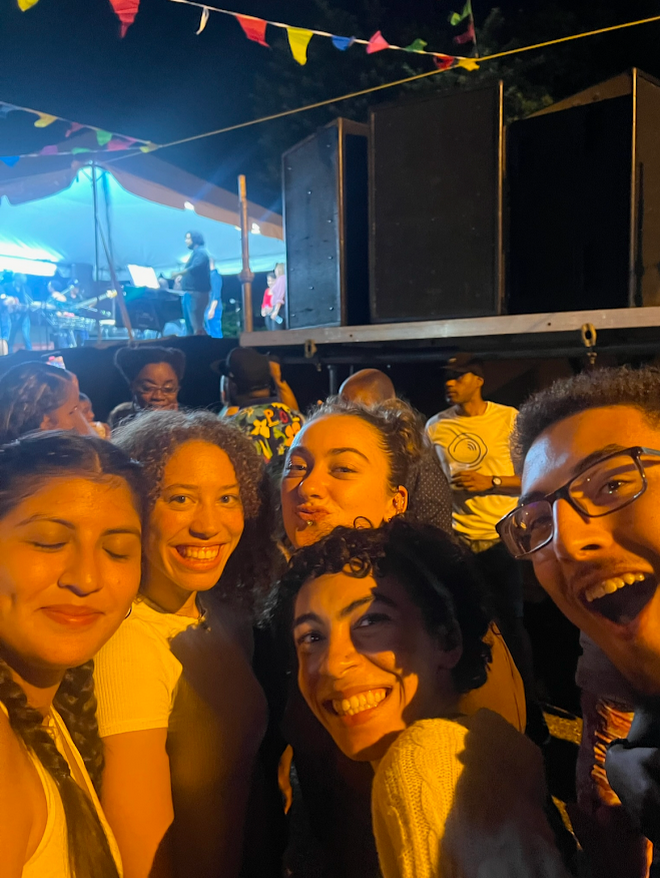First week in T&T
Parallels between immigration and the Parang
In our discussion and assigned reading on how hegemonic powers commodified different ethnic groups that immigrated to Trinidad, there was an emphasis on the poly-ethnic makeup of Trinidad, which we got to experience during our first week in the country. Parang was one of the highlights, in which we got to see what the performers referred to as a “preservation of culture”. The art form originated in Venezuela during the late 18th century when Trinidad and Venezuela were both under Spanish colonial rule. It was initially performed by most Spanish, Mestizo, and Amerindian peoples; however, it evolved into a Trinidadian staple that includes everyone. The songs are all performed in Spanish, but the performers had heritage from all over the region, whether it was Indo-Trinidadian, Afro-Trinidadian, Venezuelan or white. The instrumentation also influenced many ethnic groups, including African drums, maracas, the Venezuelan cuatro, and Trinidad's steel pan. We drew strong parallels between this event and our discussion because we read about the initial periods/history of immigration. When we were reading about Trinidad's history of immigration and the different ethnic groups being pulled to this area for the supposed opportunity to gain economic mobility, we learned that ethnic groups would engage with the sociocultural of Trinidad by either assimilating to the hegemonic culture or assume an oppositional culture.
This week in class, we learned more about the applications of oppositional culture and, in turn, how oppositional culture manifests itself in post-colonial Trinidad. How we observed oppositional culture while being in Trinidad in the flesh was when we went to Parange. Ceremonies and gatherings such as the Parange demonstrate the long-term impacts of many different ethnic groups and their influences in the same area. These could include the maintenance of culture, religious traditions, music, and the arts.
Celebrations like this have historically been a source of strength and comfort to often marginalized groups, and we witnessed how these gatherings foster a sense of community and belonging. In times of struggle, such celebrations became a vibrant expression of resilience, where shared joy and cultural pride uplift spirits, and the continuation of these traditions not only honours the past but also inspires future generations to appreciate and carry forward their unique identities.
Signing off xoxo
Bri, Sid and Rosalyn



Comments
Post a Comment